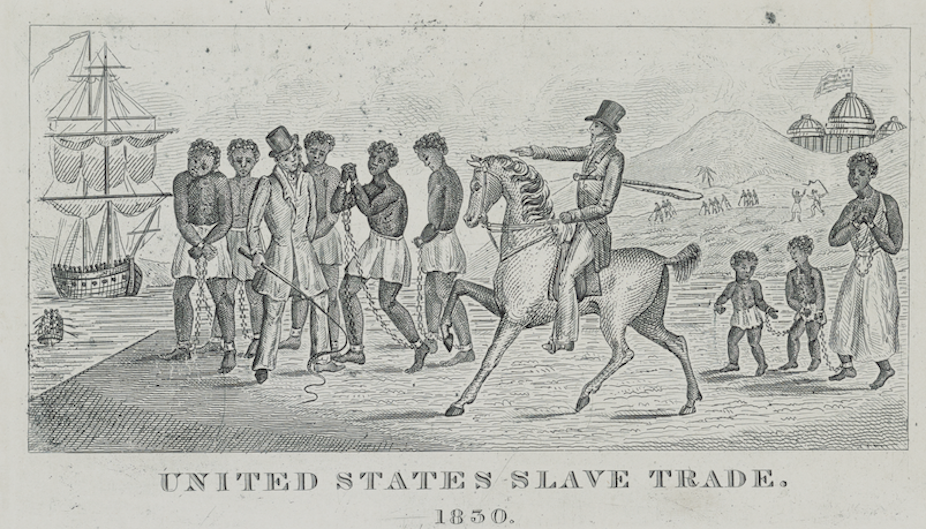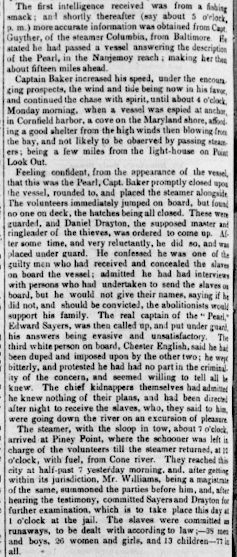by MICHAEL DAVID COHEN

The summer of 2020 was not the first time America saw protests and violence over the treatment of African Americans.

Long before the demonstrations over Black Lives Matter, long before the marches of the civil rights era, strife over racism convulsed the nation’s capital. But those riots in Washington, D.C., were led by proslavery mobs.
In the spring of 1848, conspirators orchestrated one of the largest escapes from slavery in U.S. history. In doing so, they sparked a crisis that entangled advocates for slavery’s abolition, white supremacists, the press and even the president.
Daniel Bell, a free Black man in Washington, wanted to liberate his enslaved wife, children and grandchildren. Citing a promise of freedom from their onetime owner, he tried but failed to do so through the courts. So he started planning an escape. A lawyer he consulted knew of others eager to flee lives of bondage. He and Bell decided to help them all.
Conversation for more